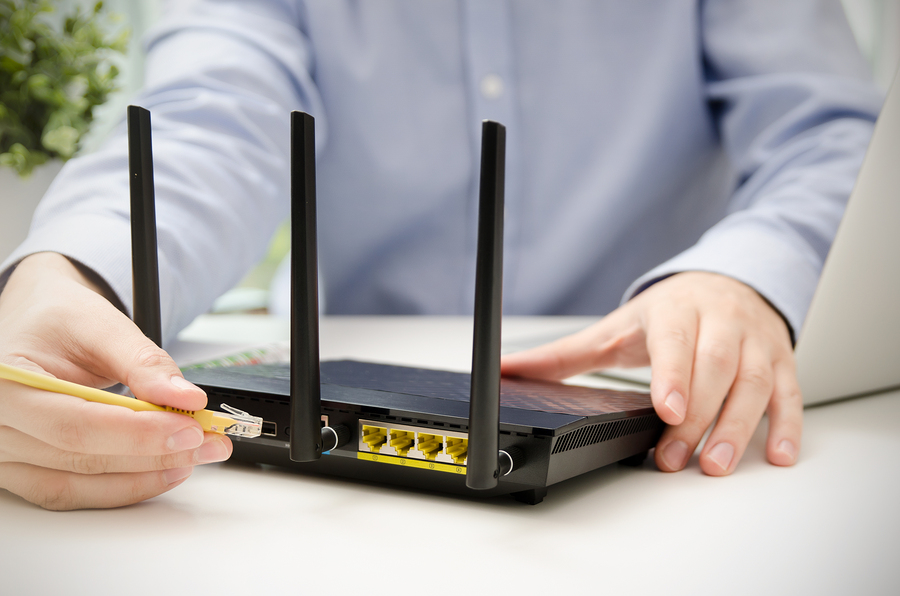HOT OFFER! Save $180 on selected internet plans + get beIN SPORTS CONNECT included!...Use promo code BEIN30 at checkout! Hurry, limited time only!
How Does nbn Work? – Understand Australia’s Broadband Network
Home & Business Internet Blog | MATE | 4 July 2018

The National Broadband Network (nbn™) has been called the digital future of Australia, but what is it and how does it work?
There are over 20 million Internet users in this country – that’s almost 86 percent of the population, so critical changes in how things are done matters to Australian consumers.
Understanding how the nbn™ works and what it means for your home or business is a crucial first step in getting the most from your service.
If you want to get the most from the nbn™, start by answering the question, “How does the nbn™ work?”
What is the National Broadband Network?
The National Broadband Network or nbn™ is Australia’s national data network project. In other words, it is how you get high-speed broadband connections at home and at work. The nbn™ is government owned and operated and a wholesale open access system that service providers connect to in order to provide high-speed broadband access to customers.
Why do we need the nbn™?
The existing national infrastructure for telecommunications is becoming vintage. By rolling out the nbn™, the Australian government is upgrading the data network to improve both phone and Internet service.
The nbn™ is one of the largest infrastructure projects anywhere in the world. That’s saying something when you consider how expansive the World Wide Web is around the globe. The majority of residents living in Australia are packed into one small section of the country, so some (outside of this bubble) miss out on reliable or affordable internet.
The nbn™ provides high-speed access to the entire population. That’s something even large countries like the United States have not managed to do yet.
How does the nbn™ work?
There are four distinctive technologies involved in the network. These include:
- Optical fibre
- Pay TV Cable
- Fixed Wireless
- Satellite
Optic fibre is thin glass or plastic strands that transmit data with light pulses. Optic fibre is able to cover long distances and most of the nbn™ will be built around these connections.
Fixed wireless is the more traditional telecommunication format. It sends terrestrial microwave transmissions from one point to the next.
Satellite broadband utilises a satellite dish to send broadband data to homes and businesses in hard to reach areas. This transmission method is reserved for places where optic fibre and fixed wireless are not available.
The nbn™ network does require some careful thought for homes and businesses to ensure they get the fastest broadband speeds available. For example, newly cabled or renovated homes require upgraded cables placed in a central location in order to connect the phone, computers and wireless devices to one system. This can incur additional NBN costs.
The nbn™ works using islands of fibre connectivity to deliver the majority of its data. The bulk of the system relies on fibre connections defined as:
- Fibre to the premises (FTTP)
- Fibre to the building (FTTB)
- Fibre to the node (FTTN)
FTTP indicates optic fibre that runs into the home and terminates on the Network Termination Device (NTD), an nbn™ supplied device designed for this purpose. The NTD allows homes to have up to two phone service providers and four different data providers. FTTP is done either with a new cable or by connecting fibre to the existing telephone network.
FTTB provides fibre installations to a business building or apartment complex. The fibre will terminate at an interior node allowing it to send broadband service throughout the building. Most often, the fibre will piggyback on an existing copper telephone system to make that happen and will require a modem to access.
FTTN refers to connecting fibre to an outside node that services a building or multiple houses.
In some cases, fibre delivery is not an option for whatever reason. In that case, the nbn™ will utilise Hybrid Fibre coax, commonly called Pay TV Cable, fixed wireless or satellite. The goal is to connect as much as 93 percent of the Australian population using fibre, though, which is capable of delivering 100 Mbps.
Wrap
The nbn™ infrastructure allows all people living in Australia to have high-speed Internet service that is reliable and delivered at practical data rates whether you live in a city, small town or rural area. Service providers connect to the nbn™, then homes and businesses connect through the service providers to get faster, more reliable phone and Internet service.
